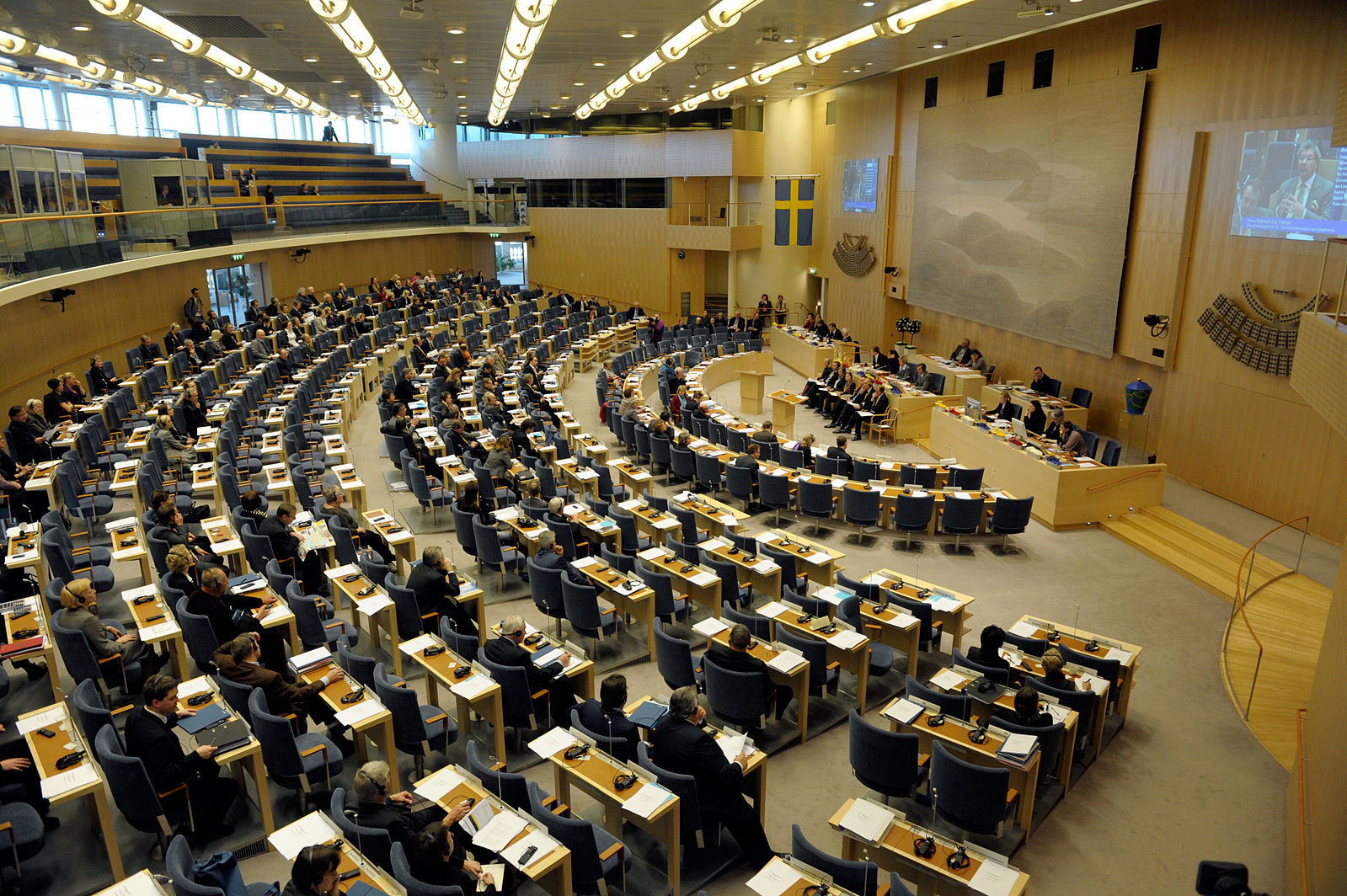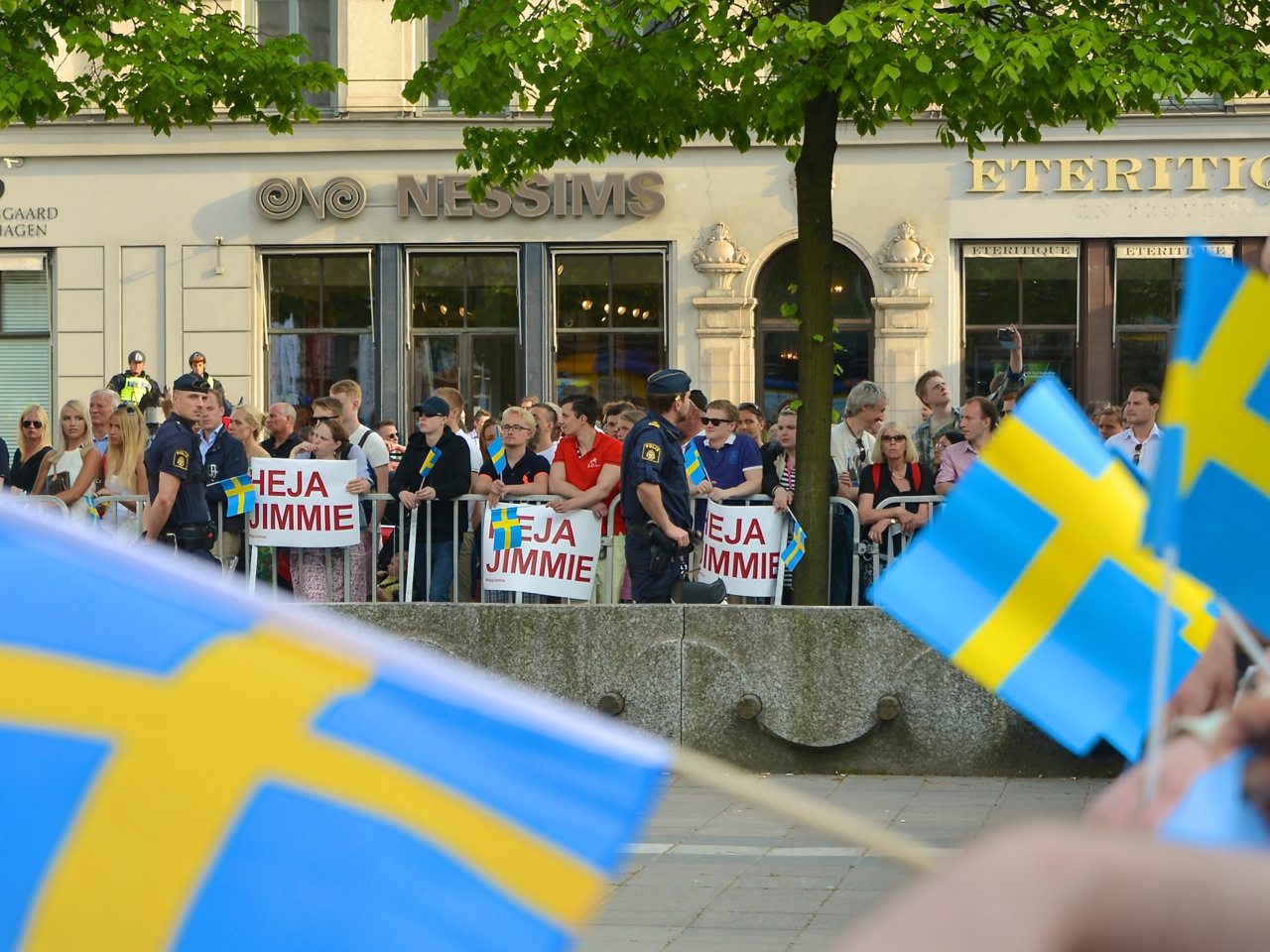In times as politically uncertain and turbulent as these, it is tempting to idolize countries that appear idyllic. For many, Sweden is that utopic model that other Western democracies pale in comparison to. While Sweden is a remarkably functional and stable state with many admirable qualities, its consistent celebrity amongst those of us unfortunate enough to live outside of its borders has led to the unintended consequence of many of its own political issues being overlooked. The conscience of the Western world is currently facing its own crisis of consciousness, and Swedes everywhere are being forced to confront the question of who gets to be Swedish. While this conversation about identity and culture is critical, it is only the backdrop to a far less scrutinized issue in Sweden — human trafficking.
Sweden has long been mired with the issue of human trafficking as a source, transit and destination country. For much of this time, most Swedish victims of human trafficking have been Eastern European immigrants or native Swedes, but with the onset of the 2015 Refugee Crisis, human trafficking in Sweden boomed. Suddenly, asylum-seekers from the Middle East, North Africa and South Asia entered Sweden en masse at a scale yet unseen by the Scandinavian kingdom. This influx of non-European refugees with little awareness or exposure to Swedish law, language, or the rights and resources afforded to them as asylum-seekers entered a political system unequipped to administer and organize them — a paradise for trafficking.
Trafficking in Sweden
Human trafficking in Sweden typically takes the form of forced labor, coerced crime or sex trafficking, with the latter being most common (especially with women and children). Victims of Swedish trafficking are typically migrants and are targeted for their undocumented status, inability to return home and lack of strong support networks or knowledge of rights and resources in Sweden. This issue became endemic to Europe as a whole during the 2015 Refugee Crisis, in which 70 percent of refugees in Europe had been exposed to some form of trafficking (rates even higher amongst women and children, specifically). Despite the number of factors increasing the proliferation of migrant sex trafficking in Sweden, the essential variable has nothing to do with asylum-seekers at all. Sweden is notable for its demand for illicit sex work. Such demand is manifested in Sweden’s status as a major source of sex tourists with several thousand Swedes known to frequent other countries in Europe and Asia for the purpose of soliciting sex otherwise illicit in Sweden (including pedophilia).

In response to the burgeoning sex trafficking sector, the Riksdagen (Swedish parliament) started enacting stronger anti-trafficking legislation at the close of the 20th century. Kvinnofridslagen (1999), the Act on Violence Against Women, was the first Swedish law that actually addressed the demand for sex trafficking in Sweden, and trafficking-specific legislation began in 2002 and continues to be updated throughout the years to become stronger and more effective. Notably, the 2010 update removed the kontrollrekvisitet policy that obligated victims to prove someone had coerced them, and the 2018 update extended punishment to other forms of trafficking.
However, despite increasingly robust anti-trafficking legislation, Sweden has seen mixed results in curbing its trafficking problem. The Swedish Migration Agency reports an increase in human trafficking cases (including those involving minors) tied to the 2015 Refugee Crisis. Small dips in trafficking statistics (such as from 2017 to 2018) are likely due to the increasing ineffectiveness of Swedish law enforcement in identifying cases as opposed to a real reduction in trafficking cases. The increasing elusiveness of trafficking cases in Sweden is, in part, due to factors outside of law enforcement’s control. The internet has been a key resource for traffickers to operate in a more subtle and sophisticated manner, and the trafficking of minors is especially notoriously difficult to map. However, much of the failure to resolve trafficking cases still lies squarely at the feet of Swedish authorities.
Policies such as the practice of placing unaccompanied asylum-seeking minors in either network homes or the residences of extended family already in Sweden has exposed many of these children to unsupervised, potentially risky environments that have not been properly evaluated by Swedish officials. Additionally, the standard Swedish practice of pushing asylum-seekers to the fringes of Swedish society after a short honeymoon period often culminates in migrants being stuck in declining, isolated areas with little economic opportunity, redoubling their poverty and vulnerability to trafficking. This out of sight, out of mind creation of “parallel societies” cut off from the mainstream public all but guarantees the inability to collect data on and properly counter the trafficking of migrants. The cracks in Sweden’s asylum system and anti-trafficking infrastructure were already ripe for abuse when 165,000 asylum-seekers arrived at Sweden’s doorstep in 2015.
Who Gets to be a Swede?
Sweden’s reputable history of accepting and integrating refugees fleeing political crises all over the world came to an abrupt halt following its intake of 165,000 refugees. Prior to 2015, 81 percent of Swedes supported pro-migration policies, and Sweden was lauded as one of the most pro-refugee countries in Europe. Following 2015, 84 percent of Swedes disapproved of the way the European Union as a whole handled refugee allocation, and Prime Minister Stefan Löfven was pressured to rescind his Open Door Policy and even suggested that he might deport 50 percent of the new Swedes.
The aforementioned parallel societies have become a political flashpoint. With thousands of migrants forced into communities with little opportunity for mobility, petty crime and trafficking have become increasing problems within Sweden’s migrant population. This cycle of crime fuels a positive feedback loop that causes Swedish police and native Swedes to cool on their attitudes towards asylum-seekers. Additionally, the rising tensions have prompted latent neo-Nazi groups to take vigilante action against refugees in the spirit of “self-defense.” Being pro-Sweden increasingly means being anti-migrant.

Out of this chaos rose the Sweden Democrats. Staunchly anti-immigrant (specifically, anti-Muslim) since its inception, the Democrats rose from the ashes of 2015 with the reputation of clairvoyants who had predicted the seemingly inevitable refugee problem. The Democrats are a far-right, populist party with neo-Nazi roots that has gained support as immigration becomes increasingly synonymous with crime and poverty. The party evolved from the minor political arm of Swedish white nationalism in 2005 with the rise of Jimmie Åkesson, who remade the party into a mainstream populist movement that espoused a zero tolerance policy for bigotry (with the exception of Islamophobia) and an ideology of defending the “people’s home” (folkhommet) by opposing Islam, political correctness and the “elites.” The Democrats, now self-described social conservatives, portray themselves as the law-and-order party that takes a realist approach to immigration and Islam, often using alternative media to portray Muslim asylum-seekers as threats to Sweden’s peace, culture, and welfare system, espousing the slogan, “We say what you think.”
Having established themselves as distinctly anti-immigrant long before 2015, the Democrats have gained unprecedented support in the past few years as the only credible voice on immigration and Islam — essentially, the hipsters of Swedish xenophobia. In 1991, Democrats won .1 percent of the electoral vote. In 2018, the Democrats won the 3rd largest allocation of seats in the Riksdagen (garnering 17.6 percent of the vote), polled as the 2nd most popular party after the incumbent Social Democrats, and was the largest party in 21 of 33 electoral regions. Its rise has correlated with increased neo-Nazi activity in Sweden, and the party’s rhetoric frequently overlaps with Swedish white supremacist organizations in its centering of migrants as the source of Sweden’s issues as well as the implied message that anyone who disagrees is a traitor to Sweden. Additionally, since the Democrats’ breakout success in 2018, openly neo-Nazi parties such as Alternative for Sweden, Borgerligt Alternativ and the Nordic Resistance Movement have gained support. While these parties still remain at the fringe and have only made small gains so far, they are entering relevancy and substantially growing (currently at a pace comparable to the Democrats in the 1990s).
While both the major establishment left (Social Democrat) and right (Moderate) parties vowed to not work with the Democrats, members of both parties are becoming increasingly hawkish on immigration. The Moderates, especially, have been moving right on immigration since the Democrats’ rise to prominence (a trend that does not bode well, considering the increasingly blurry line between Europe’s right and far-right). Sweden’s stagnating economic growth in the past years has undermined confidence in both establishment parties, and further perceived inaction on immigration (which is credited as the primary driver of the country’s slowing growth) only serves to strengthen the Democrats and weaken the more established parties. Consistent with many far-right parties in Europe, the Democrats’ primary tool is their influence. While the Democrats are only the third-largest party bloc in the Riksdagen, the potency of their messaging, coupled with the conviction of their constituents, ensures that their influence on Swedish policy far outweighs their formal numbers.
What does the Democrats’ Rise Mean for Trafficking?
Trafficked migrants bear the brunt of the increasingly hostile environment towards asylum-seekers. Migrants from Pakistan, Morocco, Nigeria, Turkey and beyond continue to suffer as victims of trafficking while the national conversation focuses on their criminality. The increasing reticence of the Swedish body politic to afford any provisions to asylum-seekers has translated to a 25 percent increase in trafficking of Swedish asylum-seekers from 2019 to 2020. While Sweden meets the bare qualifications to counter trafficking, it is clear that the country is failing to proactively identify victims among asylum-seekers. Judges and prosecutors lack sufficient understanding of the state’s prohibitively complex trafficking laws, and there is a critical underfunding of NGOs focusing on victim services. The essential steps Sweden must take include improving training of and communication between law enforcement officials, increasing public awareness of the humanitarian problem facing refugees and adding more robust welfare resources for migrant victims of human trafficking in Sweden.
While the aforementioned steps have been clearly identified as essential to alleviate the problem of migrant trafficking in Sweden, substantial action has yet to be taken. Law enforcement already has a tenuous relationship with the migrant community, and the Democrats’ pressure at the political level has made taboo any provisions for asylum-seekers in Sweden. Given that electoral extremism in Europe’s far-right seems to be most correlated with the improvement of conditions for minorities, the Social Democrats and Moderates have an incentive to ignore Sweden’s trafficking problem and focus on appeasing the substantial electoral bloc they lost to the far-right Democrats. Meanwhile, the Democrats’ continued success in Swedish politics has reinforced their legitimacy and cemented them as a serious political force in the Riksdagen. As Sweden’s attitude and policy towards migrants becomes increasingly in-line with the Democratic platform, benefits for migrants are fast becoming the third rail of Swedish politics. Despite substantial (though ultimately insufficient) steps towards curbing trafficking over the past two decades, inaction is the new norm for trafficking in Sweden.
Featured Image Source: Frankie Fouganthin (Wikimedia Commons)






Comments are closed.